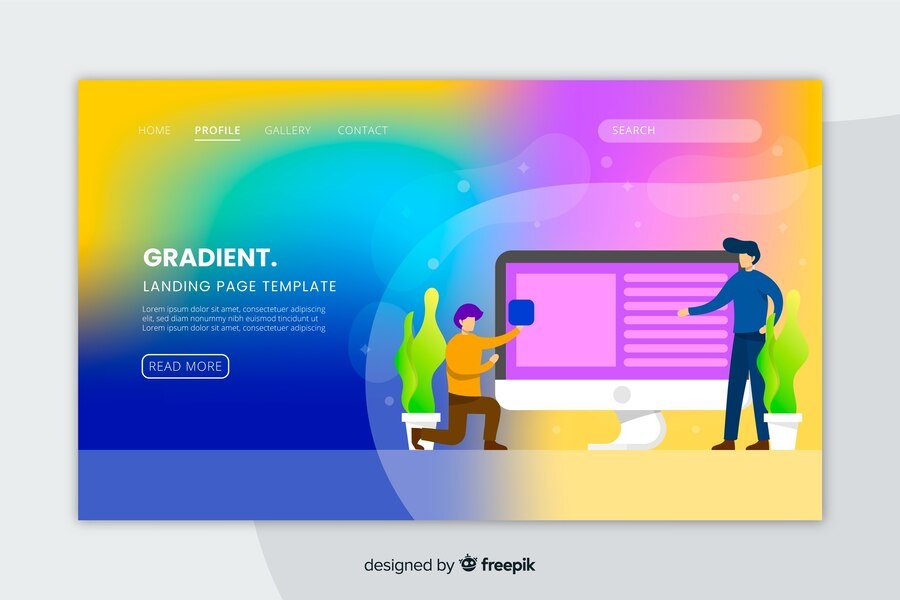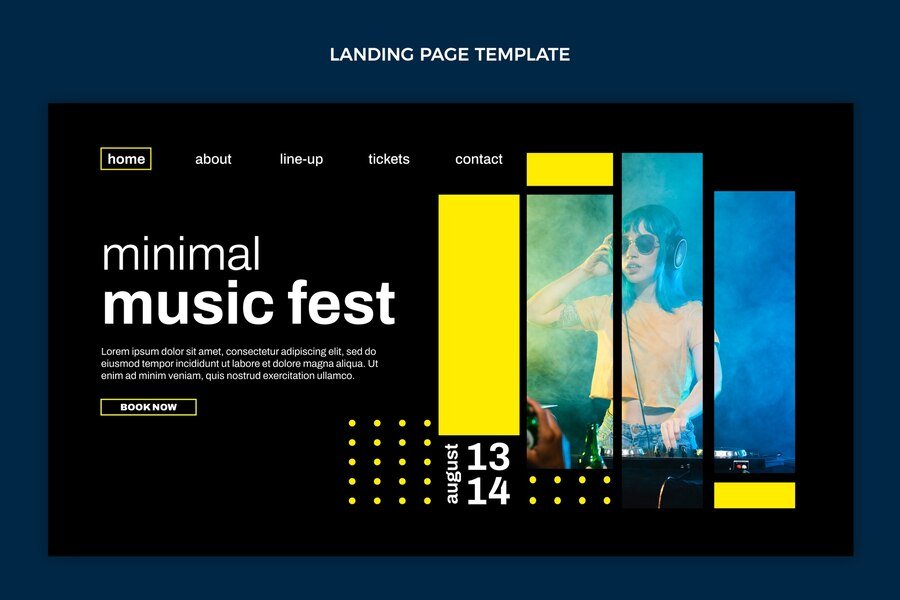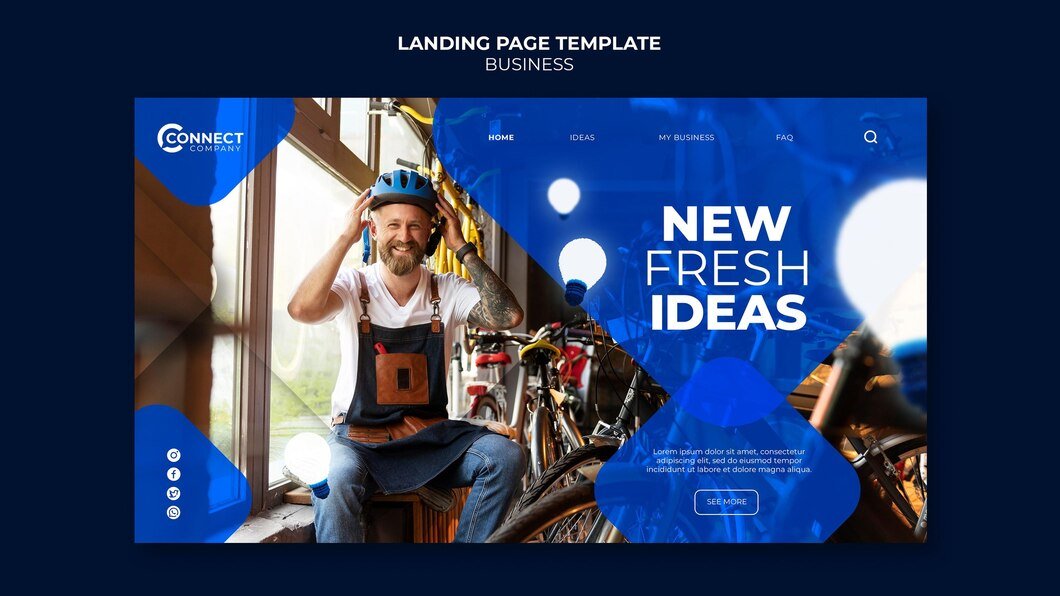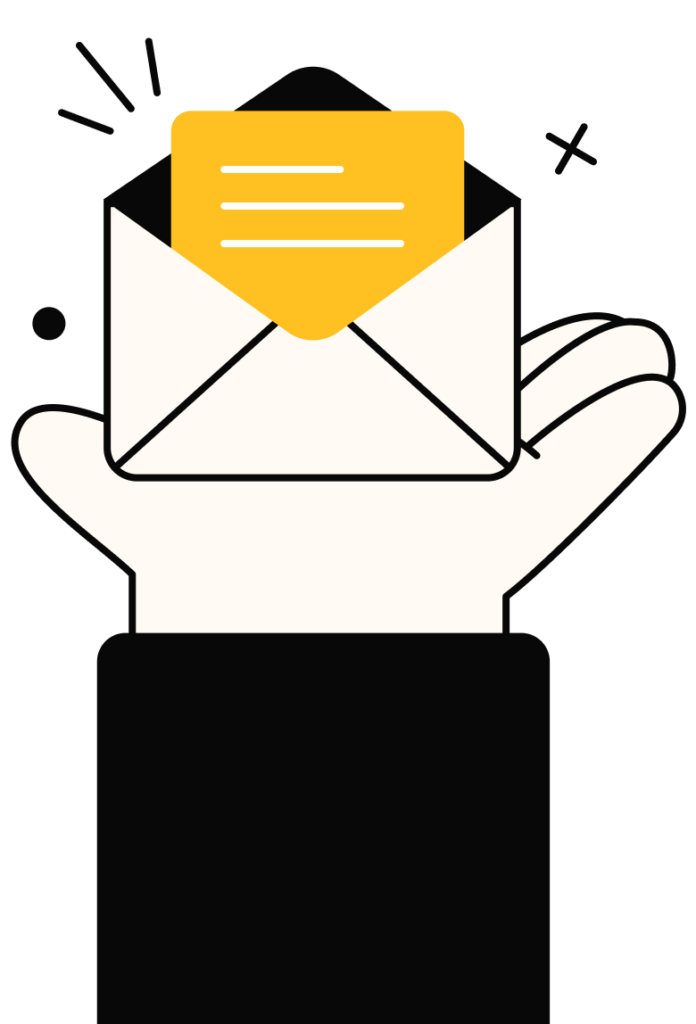A beautiful, well-designed website is a powerful marketing tool for any therapist. If your website works well, it should bring clients to you with minimal effort, meaning you can concentrate on what you do best – providing services to your clients. These are the 5 key elements that you should incorporate into your therapy website for ultimate success.
1. An eye-catching homepage
Your website’s homepage is where most of your site visitors will land, so it needs to grab their attention straight away. Use a clean, uncluttered website design to make your key messages stand out. High-quality images that fit your brand and services will give an immediate visual impression of who you are and what you do. Choose a colour scheme that complements the feel of your therapy business and use blocks to break up the page and highlight key messages.
A great homepage is one that gently steers the website visitor from first engagement to becoming a client. Start with a powerful mission statement that summarises what you do. Include short client testimonials, a summary of your services, and a bit about yourself – these can link to more descriptive pages elsewhere on your site. End with a call to action; to get in touch, or to join your mailing list.
2. Great client testimonials
Letting your clients speak for you gives your therapy services legitimacy and confirms to website visitors that you can provide the results they are looking for. Use a testimonial or case studies page to showcase these in one place, but don’t forget to pull short quotes out for use elsewhere on your site as well. Your homepage, services page and about page can all benefit from having quotes from past clients – they help to break up the text, and confirm to website visitors that you are good at what you do.
Use your website’s design to add to the impact of the testimonials. Quotation marks and different coloured text or blocks help to highlight comments from previous clients. This makes them stand out and makes it clear it is a distinct voice. Website visitors will know they are hearing from more than just you, giving authenticity to your claims about the effectiveness of your therapies.
3. An About page that markets your services
Lots of websites fail to make good use of their About page. For a therapist, this page is crucial to tell your prospective clients more about yourself and why you are a good fit for them. Use your About page to highlight your services, ethos, and personality. Although your personal story is important here so that clients get more of a sense of who you are, make sure you write this page with your client in mind – they are interested in what you can do to help them, so make that the focus.
4. Services page that highlights your work
Your Services page is where you can dive into the nitty-gritty of the therapies you offer and who you can help. You’ve hopefully summarised these on both your homepage and your About page, but this is an opportunity to get more in-depth.
If you offer a wide range of different services, you might want sub-pages in this section so you can elaborate on each one. Your services landing page should keep things relatively brief. Use images or icons to highlight each service and give a short summary of what they involve.
Again, your website design should make this page visually compelling. People struggle with reading large blocks of text, especially on screen, so use your brand’s colours to good effect to provide visual breaks and highlight key information. Use those short quotes you gathered from your client testimonials to support any claims you make about how your therapy services work.
Don’t leave potential clients hanging – make sure your Services page finishes with a call to action. Usually, this will be a link to your contact page or a short enquiry form so they can get in touch with you straight away.
5. Contact page
Once they are convinced by your offer, give your website visitors a straightforward way to take the next step and get in touch with you. This page should be very simple because you don’t want your potential client to get distracted before enquiring about your therapy services. Just your contact form and your contact details. You might not want to list an email address, in case of spamming, so your contact form alone is best for email. Your registered business address and phone number can sit on this page too. Keep your enquiry form short and sweet – you don’t want to make it difficult for people to get in touch.
That’s it – 5 key elements that every therapist should include on their website to market your services, engage visitors and turn them into clients.













